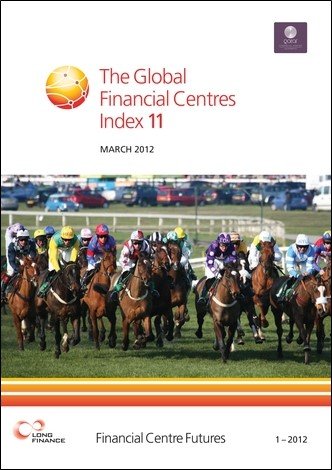Authors
Mark Yeandle, Jeremy Horne and Nick Danev
Published by
Z/Yen Group and Qatar Financial Centre Authority (March 2012), 48 pages.
Share on social media:


You might also be interested in:
The Global Financial Centres Index 11
GFCI 11 was published in March 2012 as part of the Financial Centre Futures publications.
GFCI 11 now covers 77 financial centres, with Malta and Johannesburg being new to the index. The past trend of large rises in the ratings of Asia/Pacific centres has paused in GFCI 11 with Hong Kong, Singapore, Tokyo, Shanghai, Beijing, Taipei and Shenzhen all declining. We believe, however, that these results in Asia are just an interlude in the long-term trend of the increasing importance of the region rather than a fundamental change in fortunes. The recent crisis of the Euro has changed the balance of interest within the Eurozone. The capital cities of the weaker Euro economies are clearly suffering. Dublin, Milan, Madrid, Lisbon and Athens were all down in GFCI 10 and this decline has continued in GFCI 11. On the other hand, several offshore financial centres have begun to recover from the reputational damage they have suffered over the past four years.
Related Events
- Thriving in a Post-Crises World? Swiss Financial Centres, Geneva Financial Centre, Panel Discussion, Geneva, 28 March 2013
Related Publications
The Global Financial Centres Index (GFCI) was first produced by the Z/Yen Group in March 2007 following another research project into city competitiveness undertook in 2005. The aim of the GFCI is to examine the major financial centres globally in terms of competitiveness. The GFCI has been published every six months (although the index is actually produced every three months). Find out more about previous editions of the GFCI in the Financial Centre Futures Publications section.
In the Media
The GFCI is regularly mentioned in the media globally. For more information, see our media coverage section.




